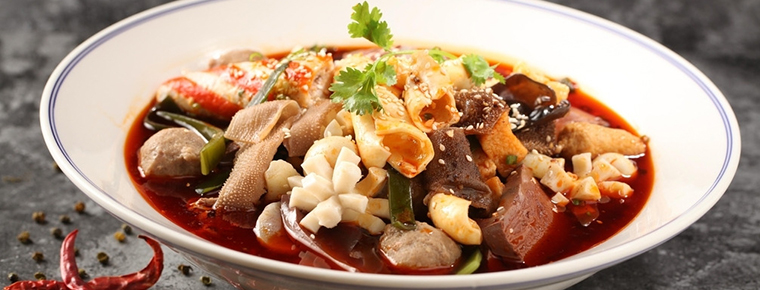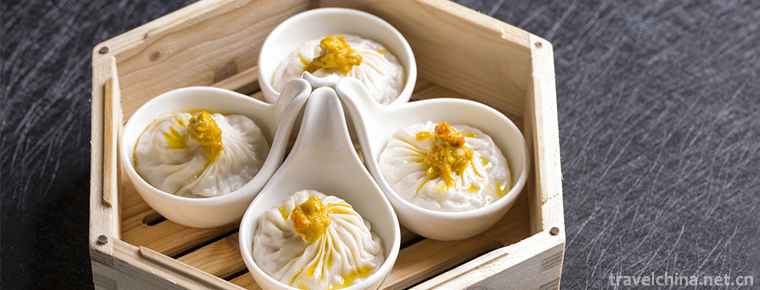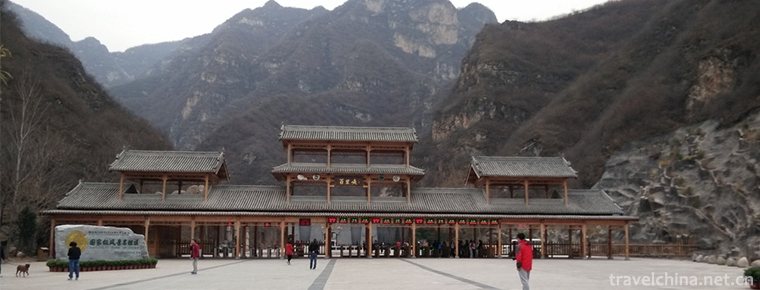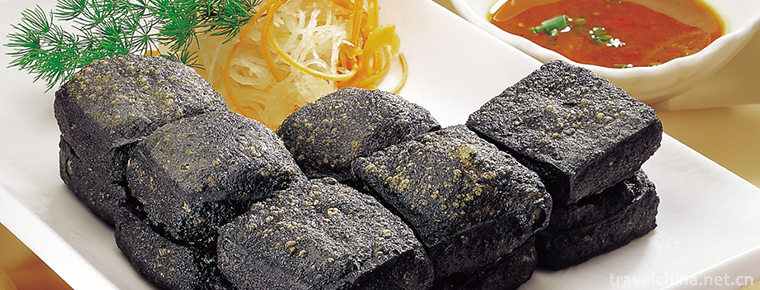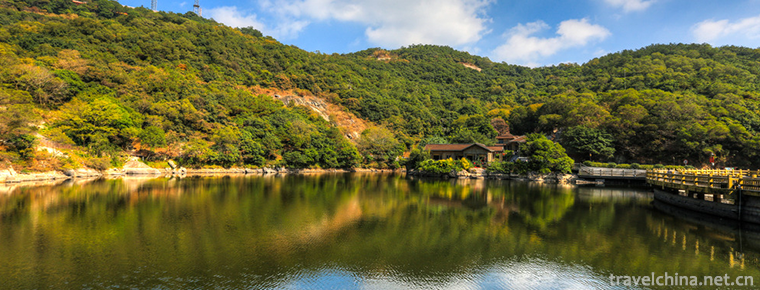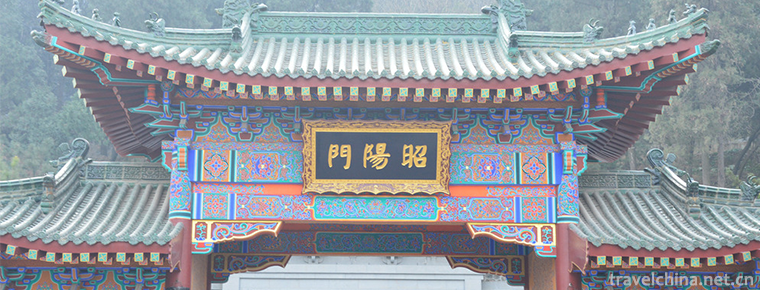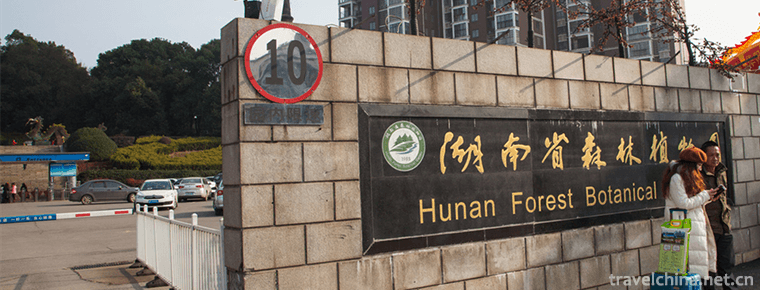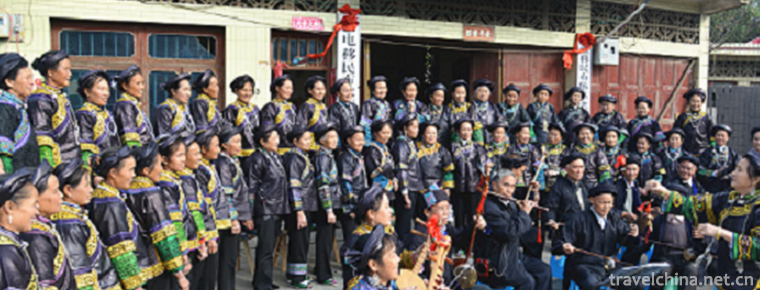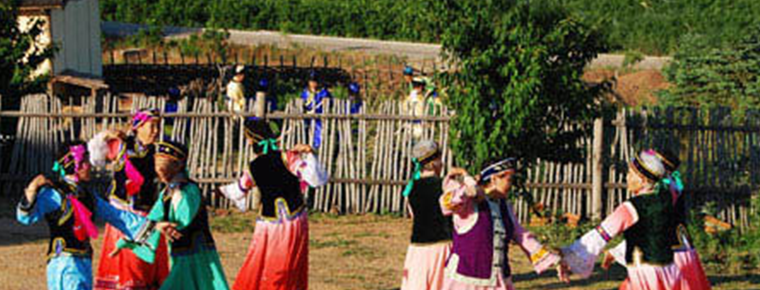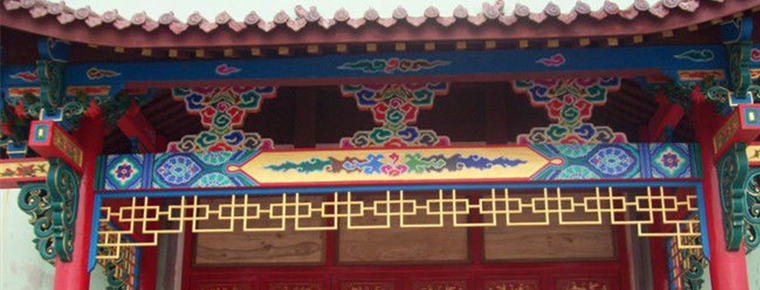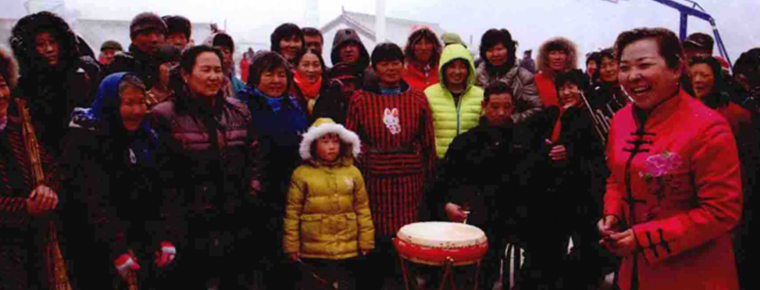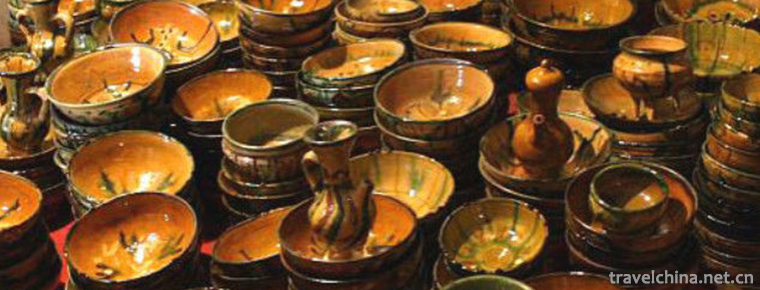Cognitive Method of Life and Disease in Traditional Chinese Medicine
Cognitive Method of Life and Disease in Traditional Chinese Medicine
Cognitive method of life and disease of traditional Chinese medicine, one of traditional Chinese medicine, is declared by the Chinese Academy of Traditional Chinese Medicine and one of the national intangible cultural heritages.
The recognition of life and disease in traditional Chinese medicine is a kind of medical knowledge based on the understanding of human life phenomena and disease laws produced by traditional Chinese culture. The knowledge of life and disease in TCM mainly includes Yin and Yang, Five Elements, viscera, meridians, diseases and syndromes, etiology and pathogenesis, differentiation of symptoms and signs, treatment principles and methods, five elements and six qi.
On May 20, 2006, the cognitive methods of life and disease in traditional Chinese medicine were listed in the first batch of national intangible cultural heritage list of traditional medicine, item number IX-1.
historical origin
The knowledge of life and disease in traditional Chinese medicine originated from the legendary ancient Huangdi and Qibo times, marked by the Yellow Emperor's Internal Classic. Its knowledge system has been formed for more than two decades.
The Yellow Emperor's Internal Classic puts forward the view of disease that "righteousness exists inside, evil cannot be done", "where evil is gathered together, its Qi must be deficient".
Zhang Zhongjing's Treatise on Febrile Diseases and Miscellaneous Diseases in the Eastern Han Dynasty and other early documents recorded a large number of knowledge about diseases.
In the Sui Dynasty, there are 67 phylums and 1720 kinds of diseases and syndromes recorded in the treatise on the origins and symptoms of various diseases.
In modern times, influenced by Western medicine, the number of people who can understand and inherit the knowledge of life and disease of traditional Chinese medicine is decreasing, and they are facing the dilemma of preservation and development.
Non-legacy features
The knowledge of life and disease in TCM mainly includes Yin and Yang, five elements, viscera, meridians, etiology and pathogenesis, differentiation of symptoms and signs, treatment principles and methods, five elements and six qi.
Yin and Yang
Traditional Chinese medicine uses the concept of the unity of opposites between Yin and Yang to elaborate human life activities and the interdependence between human beings and the external environment such as nature and society. The balance between yin and Yang is the basis of maintaining and guaranteeing human life activities, and the imbalance between yin and Yang leads to the change of diseases.
Five elements
Traditional Chinese medicine uses the theory of five elements to elaborate the relationship between human body and nature, the various parts of the human body and the mechanism of disease occurrence and development, and to guide the treatment of diseases.
- Visceral elephants
Visceral image is an important life phenomenon of human body. It mainly includes five viscera, six viscera, odd and constant viscera, physiological function and pathological changes of essence, qi, blood and body fluid.
Channels and collaterals
Meridians and collaterals are channels for the movement of Qi and blood, and they have the function of connecting the whole body. Meridian system, including twelve meridians, eight odd meridians and collaterals, is the basis of the diagnosis and treatment of diseases in traditional Chinese medicine, as well as the important theoretical basis of acupuncture, massage and other therapies.
- Etiology and pathogenesis
The etiology is the theory of studying the causes and conditions of diseases, including exogenous six pornography, internal injury seven emotions and dietary fatigue. Pathogenesis theory is a theory that studies the law of disease occurrence and development.
Syndrome differentiation
Differentiation of symptoms and signs is to use the methods of seeing, hearing, asking and cutting to diagnose diseases, to analyze and synthesize the results of diagnosis and to draw conclusions, and to establish the principles of treatment.
Rule of law
Therapeutic principles and methods are the basic principles and methods that must be followed in the treatment of diseases. They are the treatment rules summarized in the long-term clinical practice of TCM. They mainly include adjusting Yin and Yang, strengthening the right and dispelling pathogens, prioritizing specimen, and adjusting measures according to people, time and local conditions.
Five lucks and six lucks
The five elements and six elements are systematic knowledge for studying and exploring the effects of astronomical, meteorological and phenological changes on human health and diseases.
Inheritance and Protection
Inheritance value
Chinese traditional medicine regards "the cognitive method of life and disease of traditional Chinese medicine" as an important content, expands and deepens the connotation of "non-legacy". It can best embody the spirit and soul of "non-legacy". It is the general outline of intangible cultural heritage of traditional medicine.
Cognition of life and disease in TCM is the core of TCM knowledge. It plays a guiding role in various aspects of TCM health preservation, diagnosis, treatment, prescription, traditional Chinese medicine, acupuncture and moxibustion and clinical practice.
Heritage figures
Lu Zhizheng, male, was born in December 1920. In June 2007, Lu Zhizheng was selected as the representative successor of the first batch of national intangible cultural heritage projects, declared by the Chinese Academy of Traditional Chinese Medicine. Project Name: Cognitive Method of Life and Disease in Traditional Chinese Medicine.
Wang Mianzhi, male, was born in November 1923. In June 2007, Wang Mianzhi was selected as the representative successor of the first batch of national intangible cultural heritage projects, declared by the Chinese Academy of Traditional Chinese Medicine. Project Name: Cognitive Method of Life and Disease in Traditional Chinese Medicine.
Yan Dexin, male, was born in November 1920. In June 2007, Yan Dexin was selected as the representative successor of the first batch of national intangible cultural heritage projects and declared by the Chinese Academy of Traditional Chinese Medicine. Project Name: Cognitive Method of Life and Disease in Traditional Chinese Medicine.
Cao Hongxin, male, was born in February 1958. In June 2007, Cao Hongxin was selected as the representative successor of the first batch of national intangible cultural heritage projects and declared by the Chinese Academy of Traditional Chinese Medicine. Project Name: Cognitive Method of Life and Disease in Traditional Chinese Medicine.
Wu Xianzhong, male, was born in August 1925. In June 2007, Wu Xianzhong was selected as the representative successor of the first batch of national intangible cultural heritage projects and declared by the Chinese Academy of Traditional Chinese Medicine. Project Name: Cognitive Method of Life and Disease in Traditional Chinese Medicine.
Chen Keji, male, was born in October 1930. In June 2007, Chen Keji was selected as the representative successor of the first batch of national intangible cultural heritage projects and declared by the Chinese Academy of Traditional Chinese Medicine. Project Name: Cognitive Method of Life and Disease in Traditional Chinese Medicine.
protective measures
On May 20, 2006, the cognitive method of life and disease of TCM was approved by the State Council and listed in the first batch of national intangible cultural heritage list.
social influence
Important activities
On July 15, 2012, with the approval of the Ministry of Education of the People's Republic of China and the National Natural Science Foundation Committee, the opening ceremony of the National Graduate Summer School of Life and Disease Cognition of Chinese Medicine in 2012, sponsored by the Graduate School of the Chinese Academy of Traditional Chinese Medicine, was held in Beijing.
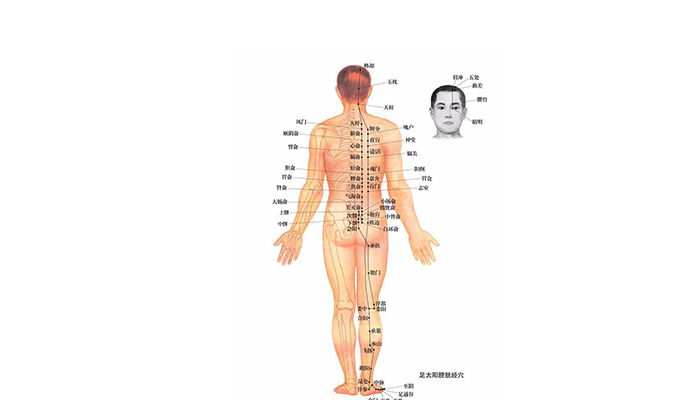
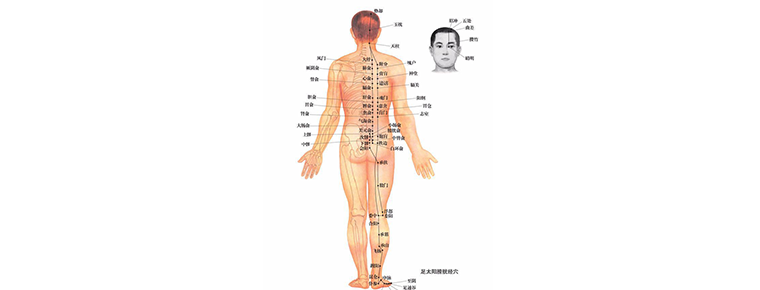
Cognitive Method of Life and Disease in Traditional Chinese Medicine
-
Crab Dumplings in Soup
Crab yellow soup bag is a traditional snack in Jiangsu Province. The crab yellow soup bag is made of crab yellow and crab meat with stuffing
Views: 181 Time 2018-10-27 -
Yesanpo Scenic Area Laishui County Baoding
The Yesanpo Scenic Area of Laishui County, Baoding City, Hebei Province, is located in Laishui County, Baoding City. The Taihang Mountains and Yanshan Mountains
Views: 241 Time 2018-11-24 -
Huizhou stinky tofu
The common name of stinky tofu in Huizhou is "Big Dumb and stinky", which is a characteristic traditional snack in Huizhou, Anhui Province.
Views: 223 Time 2018-11-27 -
Qingyuan Mountain Scenic Area
Qingyuan Mountain National Key Scenic Spot is located in the southeast of Fujian Province, and on the Northeast Bank of the lower Jinjiang River
Views: 187 Time 2018-12-08 -
Huaqing Pool Scenic Area
Tang Huaqing Palace is another palace for feudal emperors in Tang Dynasty. Later also known as "Huaqing Pool", located in Lintong District, Xi'an City, Shaanxi Province.
Views: 177 Time 2018-12-12 -
Hunan Forest Botanical Garden
Hunan Forest Botanical Garden, also known as Tianjiling National Forest Park and Changsha Botanical Garden, was established in 1985 with the approval of Hunan Provincial People's Government and is und
Views: 103 Time 2019-01-16 -
Brodo
Buyi Opera, a local traditional drama in Ceheng County, Guizhou Province, is one of the national intangible cultural heritage.
Views: 160 Time 2019-04-04 -
Daur Ruzhigle Dance
"Luzhigle" is a representative folk dance of Daur nationality. It varies from place to place, including "Alhambo", "Langtudabe", "Hakumai", "Hagen Melger&q
Views: 137 Time 2019-04-22 -
Architectural coloured drawing
Building painting is a kind of image art, which occupies an important position and unique function in building decoration. It has vivid image, abundant content, observability and practicability
Views: 287 Time 2019-05-05 -
Jingdong drum
Jingdong Drum is a traditional rap art originating in Sanhe, Xianghe, Pinggu and Baodi of Hebei Province. The main instruments, in addition to the singer's left hand with copper plate,
Views: 128 Time 2019-05-07 -
Uygur moulding earthenware firing
Uygur moulding pottery has a history of more than two thousand years. After the middle of the ninth century, Uygur ancestors moved westward to the vicinity of the Tarim Basin, inherited the pottery ma
Views: 208 Time 2019-06-26
